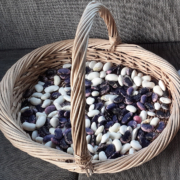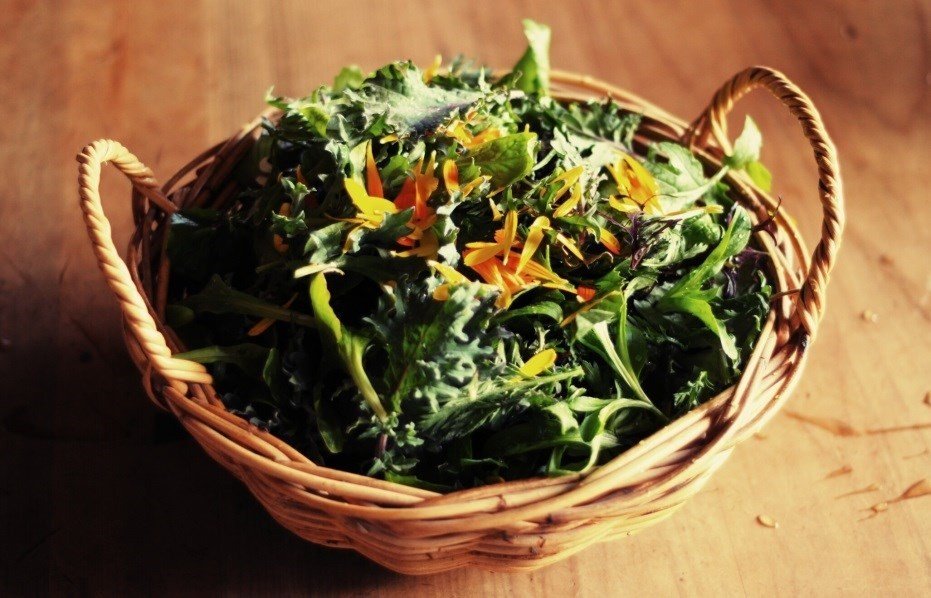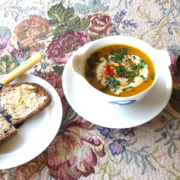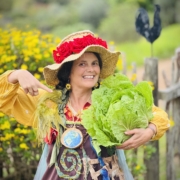Horopito: how to use our hottest native herb
Herbalist Sara Mertens celebrates our hottest native herb and peppers us with ideas on how to use it in the kitchen and medicine cabinet.
If you are unfamiliar with the native flora of Aotearoa’s bush and go walking with somebody who wants to treat you to a “taste of the bush” sensation, they will undoubtedly invite you to nibble on a leaf from an attractively coloured shrub. A nibble is all it takes! It will be an unforgettable moment as your taste buds encounter a peppery punch not unlike chilli spice.
Horopito, our native pepper tree boasts an ancient endemic New Zealand genus, Pseudowintera, and a primitive flower structure originating from the Winteraceae plant family. Unsurprisingly, introduced animals, such as wild deer find the hot-tasting leaves unpalatable, a quality that has nurtured its longevity in our forests. Similarly, it is fungi resistant and insects are not attracted to it.
There are four endemic horopito species. Pseudowintera colorata (pictured above) is a shrub variety that grows up to 3.5m tall and has distinctly identifiable foliage of red splotches on the topside of the pale green leaf, with a blue-grey underside. P. axillaris is not as peppery, has no colourful markings and grows 7m tall. P. colorata and P. axillaris are often found growing in the same regions but in different parts of the bush due to P. colorata thriving in areas of adequate light to enhance its highly coloured leaves, and P. axillaris preferring cold, damp conditions. The other two horopito species are harder to find. P inseparata is critically endangered and only grows in Northland and P. traversii is found on the West Coast of the South Island and near Nelson.
Reader support keeps us going
Please support our work by joining with a membership. Join us here. OrganicNZ is independently published by the Soil & Health Association, a charity devoted to healthy soil, healthy food and healthy people.
Our independent journalism relies on support from people like you!
Apothecary
P. colorata is known for its medicinal uses, and forms an important part of rongoā Māori. The fresh leaves can be chewed or simmered in water to make a medicinal decoction drink for tooth and stomach aches. Circulatory and respiratory conditions, such as coughs, colds and asthma, were once managed with this warming herb. It can also be used topically to treat skin diseases. The leaves and tender branches were steeped in water and used in a lotion for ringworm, and the bruised foliage was applied as a warming poultice to wounds and joint injuries.
In the early 1980s, University of Canterbury research isolated the active constituent polygodial, which gives the distinct peppery taste to the foliage and has strong anti-fungal and antibacterial properties. It compares favourably to pharmaceutically compounded antifungal medicine, and can be used to treat Candida albicans, which causes infections such as thrush. Horopito has also been effective against other fungal organisms, such as Trichophyton, which causes ringworm, athlete’s foot and fungal nails. The pain killing action, analgesic, of the leaves is attributed to one of their 29 essential oils, called eugenol.
Marlborough-based company Kolorex use horopito as their hero herb ingredient, and grow it to use in a range of efficacious antifungal products.
Garden to pantry
Grow horopito in your garden and the birds will love you when it bears its dark red to black berries in autumn. Meanwhile, you can be adventurous with the leaves in your kitchen. The peppery action of our native bush spice has found its way into the condiment range of chefs – what better way to “let food be your medicine, and medicine be your food” in the words of the great Hippocrates. You can dry them at home and grind them to use as a substitute for ground black pepper. It will take meat-rub seasoning to another level, and refreshingly uplift your favourite hummus For a ready-to-use horopito supply, visit Forest Gourmet’s website.
Horopito is a botanical example of the land’s way of caring for us and providing a resource for health in life. Let it be reciprocal where we acknowledge how te whenua (the land) and ourselves are interconnected – if we care for the land, the land provides in return.
Sara Mertens is a registered medical herbalist living in Rangiora (symphonyofherbs.nz).







